
If you’ve visited the Museum of Zoology, you will have been greeted by the largest specimen in our collection, the magnificent skeleton of a Fin Whale. In this Nature Classroom we will be going on a journey into the oceans to explore the amazing world of whales, and see what their skeletons can tell us about the way they live and have evolved.
These activities support learning in the following areas:
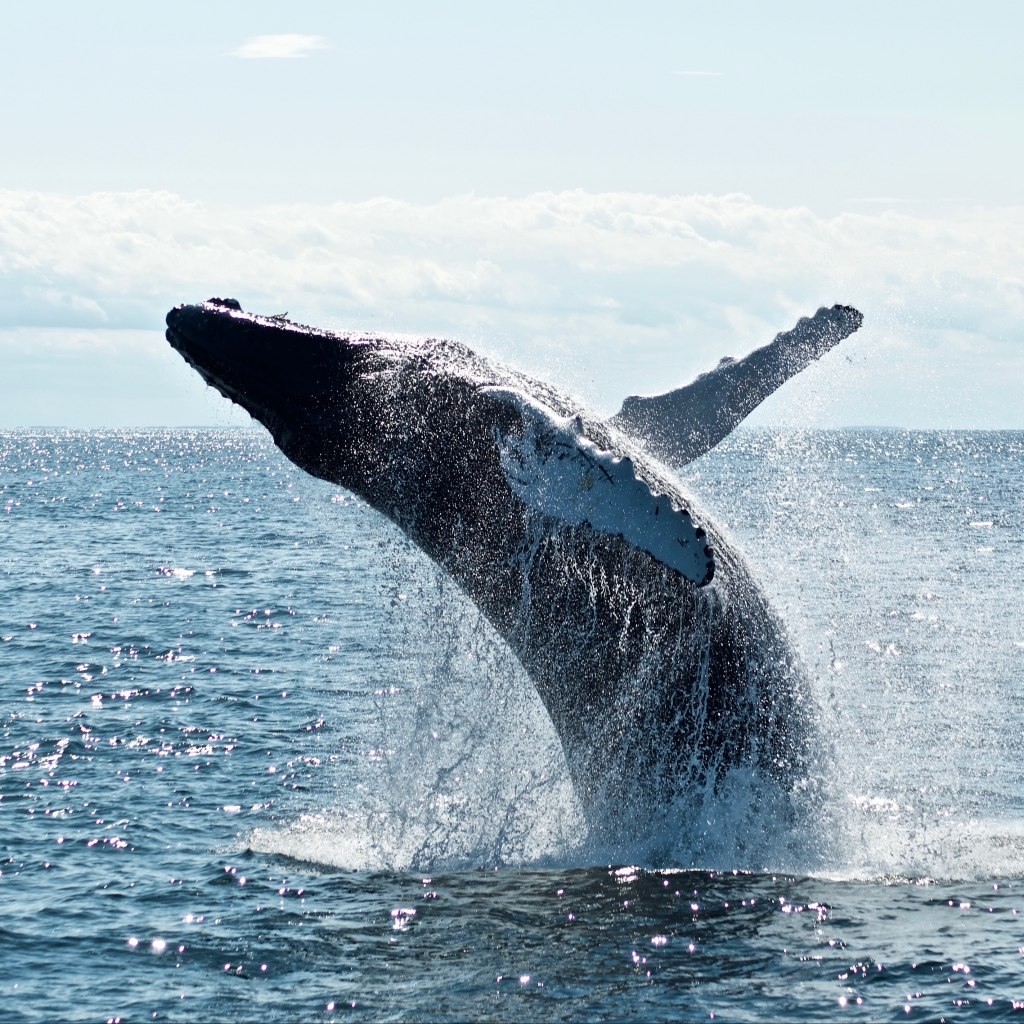
- Identify and name a variety of common animals including fish, amphibians, reptiles, birds and mammals
- Describe and compare the tructure of a variety of comon animals
- Recognise that living things can be grouped in a variety of waysDescribe how living things are classified into broad groups according to common observable characteristics and base on similarities and differences
- Identify how animals and plants are adapted to suit their environment in different ways and that adaptation may lead to evolution
What is a Whale?
Is it a bird? Is it a plane? An obvious no to both of these! Perhaps you think we should be asking is it a fish? Is it a tanker? A no to both of these too. Although whales live in the ocean their entire lives, they are not fish. Whales are mammals. As mammals, they are warm blooded, they breathe air, and they feed their young on milk.

Task: fish, mammal, bird, reptile, amphibian, invertebrate… Can you sort the animals into the groups?
Photo by guille pozzi on Unsplash
Click through the slideshow of watery creatures and see if you can guess which group each animal belongs to.
Whale Scale
Whales are big. The biggest animal ever to have lived is the blue whale, measuring up to a whopping 33m in length. Here we are going to explore just how big that is.

Task: How big is a whale? Find a space and either using a tape measure or using big strides, pace out the length of these different whale species.
Photo by Cameron Venti on Unsplash

Photo by Guido Hofmann on Unsplash

Photo by Bart van meele on Unsplash

Photo by Thomas Kelley on Unsplash

Image credit: NOAA

(c) University of Cambridge + Julieta Sarmiento Photography
One reason it is possible to be so big is that in water you don’t have to cope with gravity in the same way as we do on land – whales are supported along the lengths of their bodies by water. We can see some of the ways that whales are adapted to life in the water in their skeletons.
Whale Bones
At the Museum of Zoology, we have a number of whale skeletons. Even without their flesh, whales are pretty impressive. Go on a short guided tour of the Fin Whale skeleton at the Museum of Zoology and explore the stories it has to tell.
with Learning Officer Dr Roz Wade
Task: Make your own Fin Whale skeleton

Download and print the Fin Whale Model PDF and follow the instructions to create your own skeleton at home using scissors and glue.

Take a closer look at a skeleton and it can tell us a lot about the animal it came from. Let’s start with the head of our whale. Just look at the size of its lower jaw bones! We think of the lower jaw being one bone, but it is actually two halves fused together in the middle. The lower jaws bow outwards – imaging taking a scoop of water and how much more you can get in your mouth if you have a big, wide opening like this than a long, narrow one.
Now take a look where the teeth would go – there aren’t any! The fin whale belongs to a group called the baleen whales, and instead of teeth they have bristly plates called baleen in their mouths. These are made out of the same stuff as our hair and fingernails. A fin whale feeds by taking a huge mouthful of water, then uses its tongue to squeeze the water out through the baleen plates, the tiny bits of food suspended in the water getting caught on the bristles. The tongue then scrapes off the food to be swallowed.
Task: Can you find items in your kitchen that can work like the mouth of a baleen whale?
Photo by vivek kumar on Unsplash

Ask permission from an adult before trying this activity. Take a large bowl and fill about half way up with water. Now find something like rice crispies that comes in small pieces that float and put some into the water. Can you find any items in your kitchen that can help you filter the rice crispies out of the water?
Find out about other feeding adaptations in mammals in our Nature Classroom on Jaws.

fin whale skeleton
Now we are going to move back along the whale to the body. You can see that the whale has a huge ribcage. This is an animal with lungs that breathes air. You can find out how the ribs help us to breathe in our Nature Classroom on Skeletons.
The ribs are attached to the backbone. Take a look at the backbone and you can see that the individual pieces (called vertebrae) all have a similar shape. They are all doing a similar job. Check out our Nature Classroom on Skeletons and you can compare the whale backbone to that of other mammals.
Now to the legs. Whales have evolved from animals that lived on land. And when we look at the forelimb, you can see it has the same bones as we do in ours – there is a shoulder blade, then a single bone (the humerus) attached to which are two bones (the radius and ulna). You can even see long fingers on the hands – although they have more bones in each finger than we do. All of this is hidden inside the flipper, but is clear when we have just the skeleton.

But what about the hind limbs? At first glance you may think there is nothing there. Look closer and you can see a couple of splints of bones – these are the remains of the hips. Whales and dolphins have lost their hind limbs, but evolution has left this little piece of evidence behind. You can find out more about mammal arms and legs in our Nature Classroom: Skeletons – Arms and Legs.
Our Fin Whale
We know a lot about the history of our fin whale. It was washed ashore near Pevensey in Sussex in November 1865, and smelled so bad that the local school children wrote a skipping rhyme about it:
I went to Pevensey for to see the whale
But when I got there, I could only see its tail
The tail was long and the smell so strong
It made people sick to stay there long
You can listen out for this in our Ocean Song soundscape createdby Sound Artist Chris Watson and Community Choir Leader Rowena Whitehead inspired by our whale:
You can also hear humpback whales, bearded seals, creaking sea ice and much more. Find out about the soundscape on our Ocean Song blog. Why not have a go at making up your own skipping rhyme inspired by our whale?




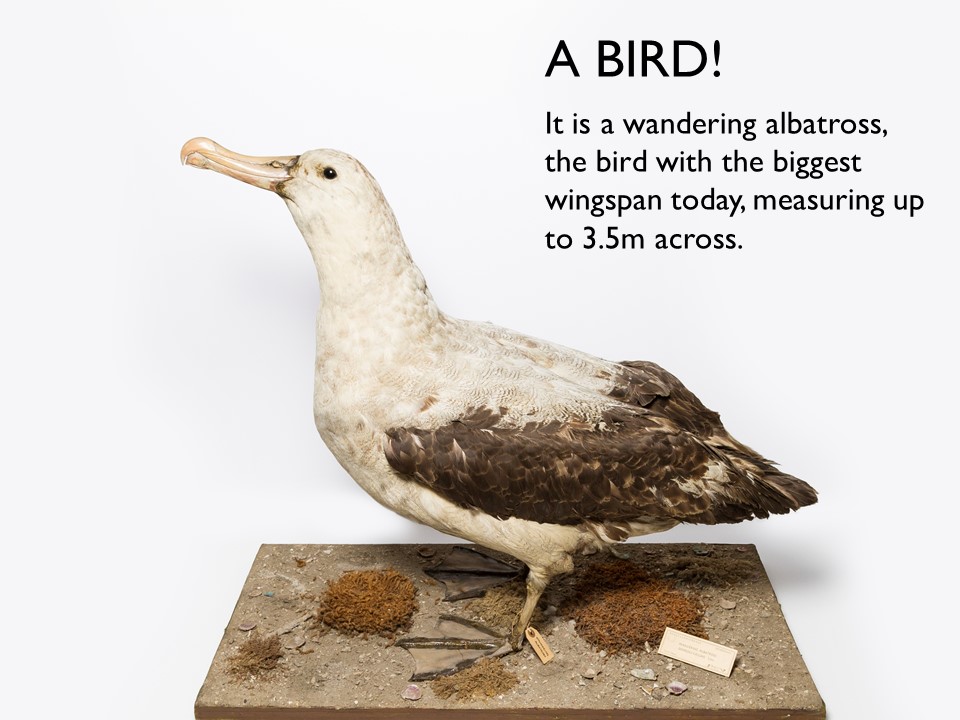



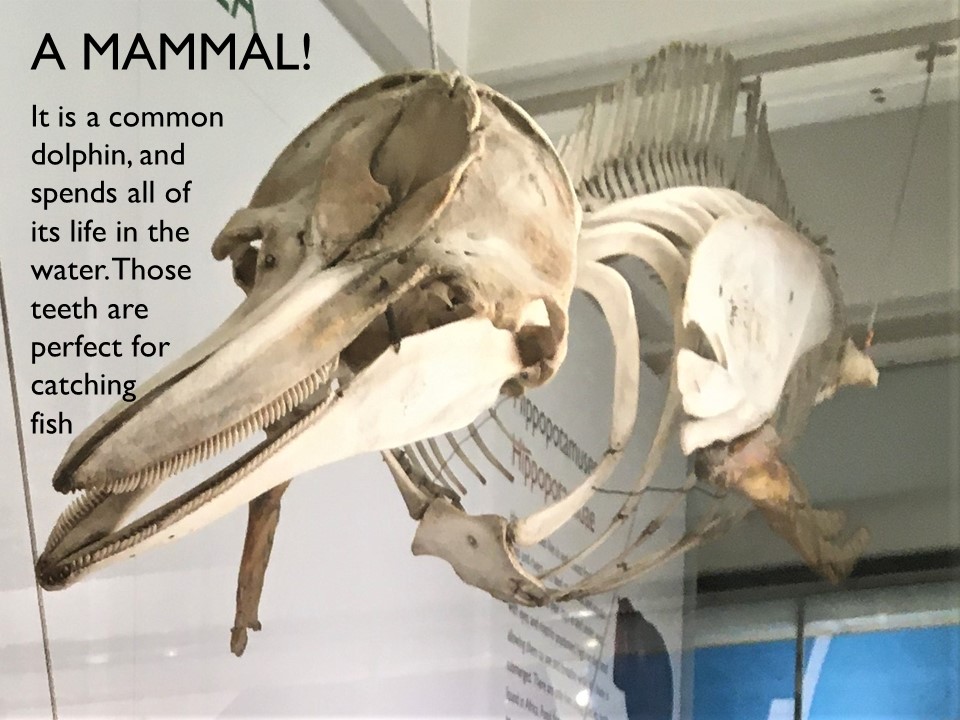
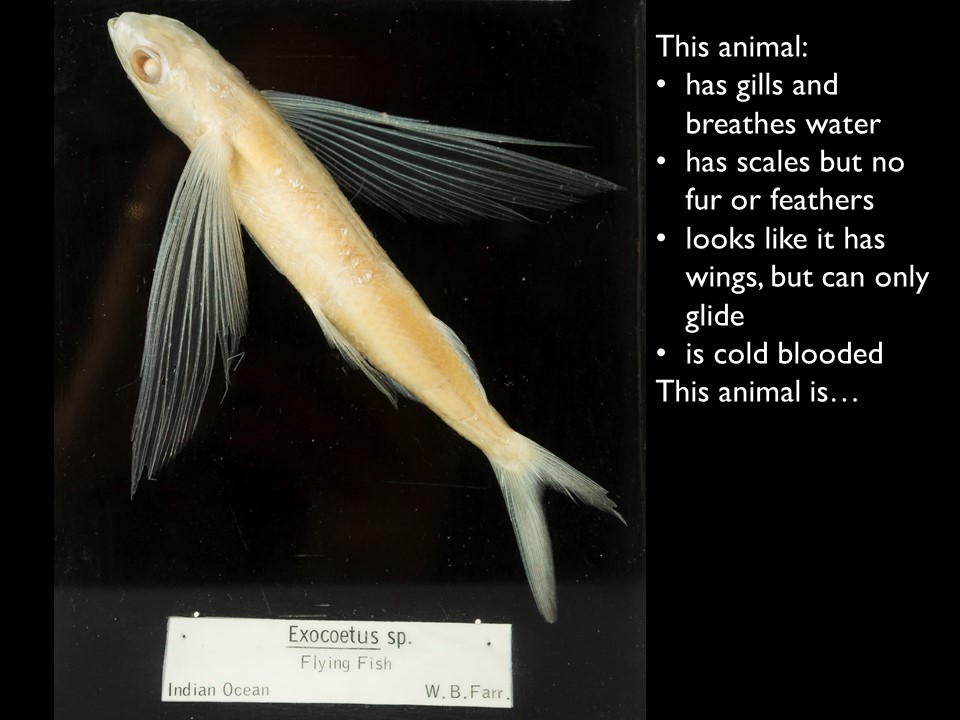











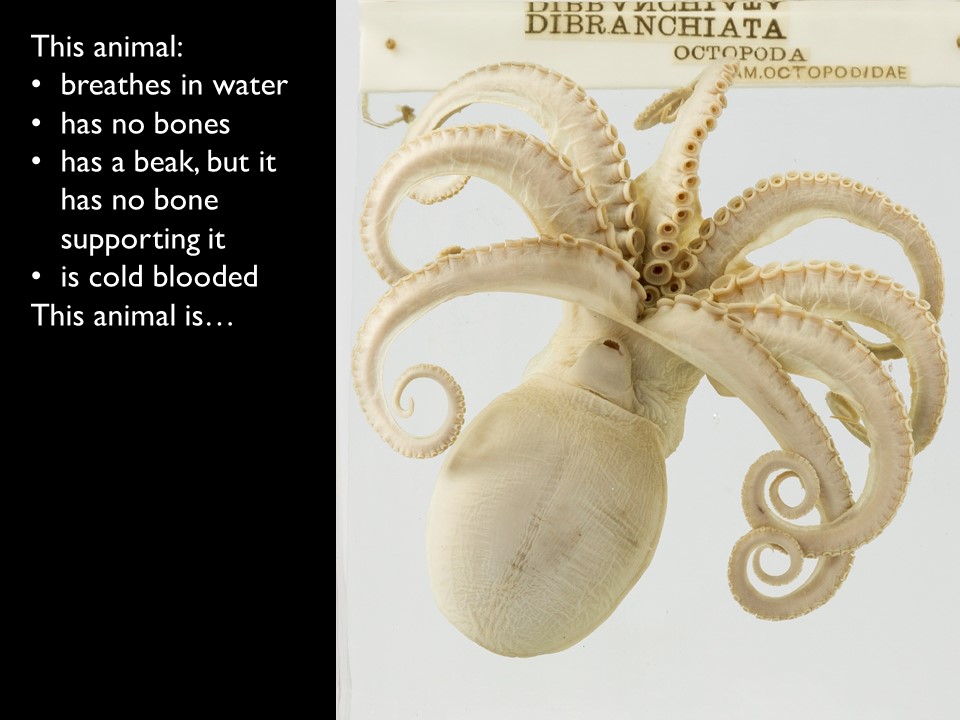











2 thoughts on “Whales!”